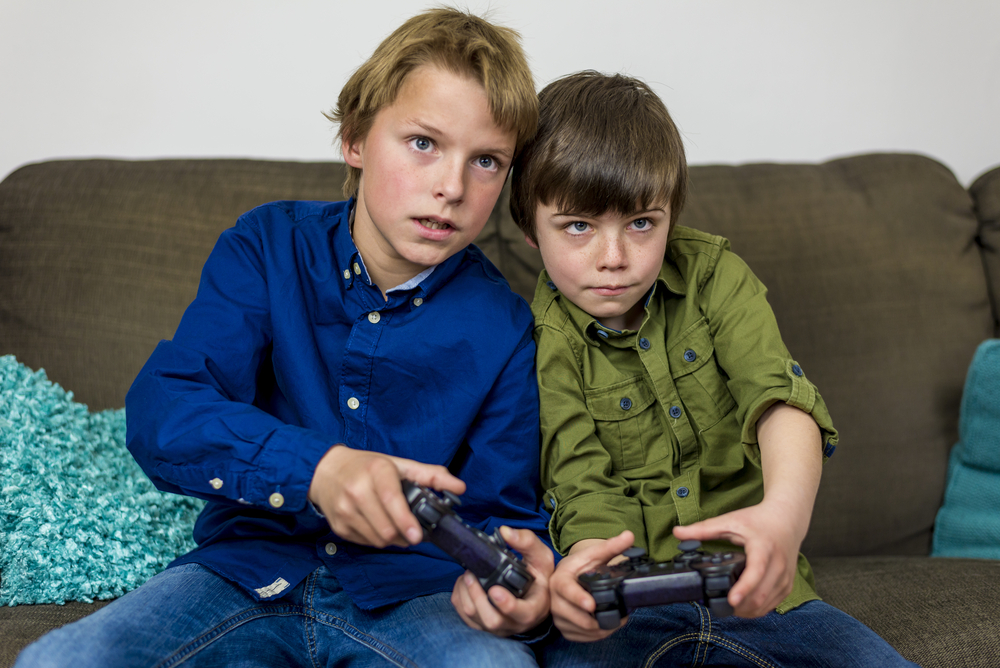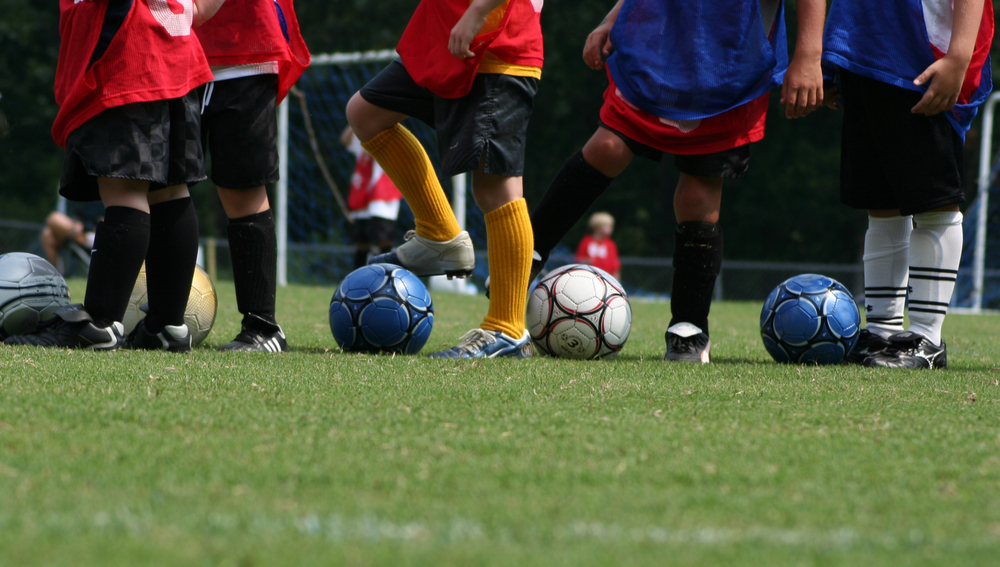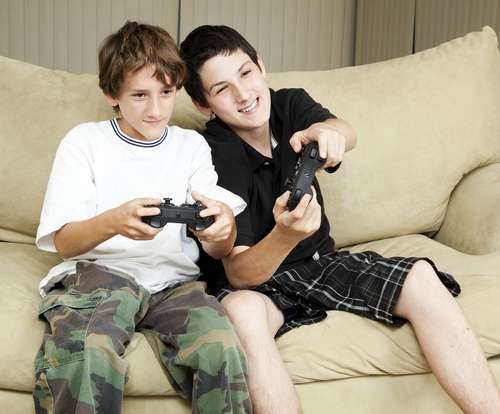Why Practice Makes Perfect
By Dan Peterson, TeamSnap's Sports Science Expert
Just about every coach and parent, not to mention most young athletes, have heard the vague but obvious phrase, “practice makes perfect.” Quarterbacks wanting to complete more passes need to throw a lot more balls. Rising basketball players who need to increase their free throw percentage need to shoot hundreds of free throws. In most cases, repeating a motor skill over and over in slightly different environments and conditions will improve the success rate. If not, we would all still struggle with tying our shoes or riding a bike.
But what is it about practice that helps our brains figure out the specific task while also generalizing enough to transfer the skill to different scenarios? Kicking a football through the uprights of a goal post is slightly different than kicking a soccer ball into a goal but we didn’t have to completely relearn the kicking task when switching between the two sports. Researchers at McGill University took another step forward in understanding how the trial and error of practice teaches our brain to perform these complex sports skills.
At the center of any skilled movement is the cerebellum, the fist-shaped add-on structure at the rear base of our brain, that communicates with input coming in from our arms, legs and our senses through the central nervous system. While it doesn’t initiate movement, it is the control center that manages the constant slight adjustments between what your muscles did and what your senses are telling you about how well it worked.
Kathleen Cullen, professor of physiology at McGill, set out to better define this communication at the individual neuron level in the cerebellum to understand why elite athletes perform difficult movements so much better than novices.
"A gymnast doing a backflip on a balance beam depends on this ability to precisely compute the mismatch between where they expect to land and where they actually find themselves in order to land squarely on the beam,” said Dr. Cullen. “But the research is equally relevant to stroke and multiple sclerosis patients and to the clinicians who treat them.”
To do this, she designed an experiment with macaque monkeys giving them a new motor task to perform while monitoring the activity of specific cerebellar neurons. What she found was that this system first estimates the feedback it should get from sensory input based on a movement, then evaluates the actual feedback it receives.
So, for example, a basketball player shooting free throws first expects the ball to go in after he lets go of the ball, based on his movements. However, visual feedback instantly lets him know where the ball ended up, either in the basket or how far away, so that his brain can then compute the difference between expected and actual outcomes.
"We've known for some time that the cerebellum is the part of the brain that takes in sensory information and then causes us to move or react in appropriate ways," said Dr.Cullen. "What we didn't know until now is that single neurons in our brain manage to dynamically track the difference between what the brain expects to take in from the senses and the information it is actually receiving during motor learning. Our research shows that this calculated difference (i.e., "sensory prediction error" signal) is used to rapidly change the patterns and connections between neurons in order to learn new motor skills."
The research has been published in Nature Neuroscience.
With this feedback, the player’s cerebellum can then make slight adjustments among its network of neurons so that the next free throw attempt is more successful. Repeat this process over and over, as in practice, and eventually the exact combination of muscle movements is found that will result in the final goal, a made free throw.
This system of slight corrections is also useful when transferring skills between sports, like the soccer player now kicking field goals. He doesn’t have to relearn kicking from scratch but just needs to tweak the muscle commands to the new desired result.
With this in mind, varying practice just a little will help the brain learn the slight adjustments it needs to make to make free throws in gyms with different lighting, sounds and basketballs.
NEW! Free Sports Organization Resources
All of TeamSnap's ebooks, articles, and stories in one place. Access Now
Similar Articles:

Why 3D Video Games Might Actually Be Good For Young Brains
By Dan Peterson, TeamSnap's Sports Science Expert …
Read More

Why Young Athletes Need Time To Learn New Skills
By Dan Peterson, TeamSnap's Sports Science Expert …
Read More

Playing Video Games Actually Helps Kids Learn New Sensorimotor Tasks
by Dan Peterson, TeamSnap's Sports Science Expert Well,…
Read More
